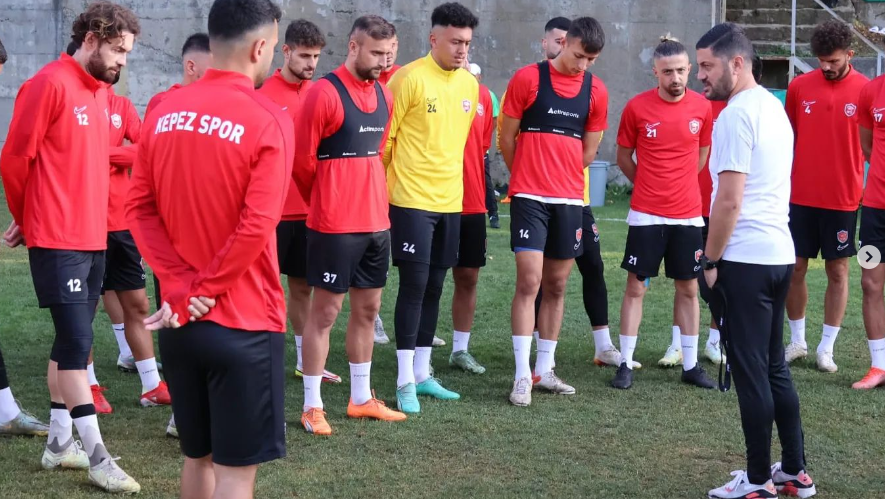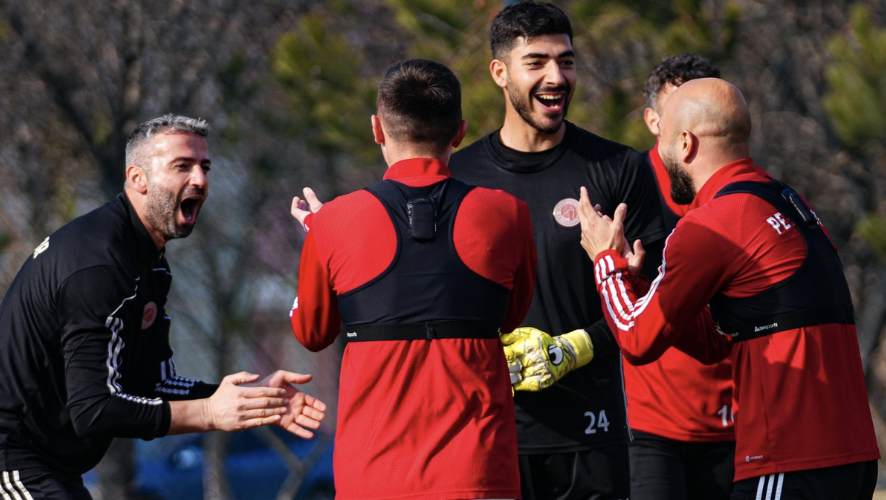Introduction
In youth sports, proper load management is crucial for ensuring long-term athletic success and preventing injuries. Many young athletes, coaches, and parents push for early specialization and intensive training, but without a structured approach to workload, these athletes risk burnout and long-term health issues. This article explores the key aspects of load management for young athletes and offers strategies to build a solid foundation for future success.
Understanding Load Management
Load management refers to the systematic regulation of an athlete’s training volume, intensity, and recovery to optimize performance while minimizing the risk of injury. In young athletes, this is particularly important as their bodies are still developing. Overloading too soon can lead to stress fractures, muscle imbalances, and psychological fatigue, while underloading may limit their potential.
Types of Load
- External Load – The measurable physical work performed by the athlete, including running distance, weight lifted, or training duration.
- Internal Load – The physiological and psychological response to training, which varies based on factors like age, fitness level, and stress tolerance.
Balancing these two types of load is essential for sustainable progress and injury prevention.
The Risks of Overtraining
Many young athletes experience overuse injuries due to excessive training loads without proper recovery. Common issues include:
- Stress fractures – Caused by repetitive impact without enough rest.
- Tendinitis – Inflammation due to excessive strain on tendons.
- Mental burnout – Loss of motivation and increased anxiety from constant pressure.
Strategies for Effective Load Management
1. Monitor Training Volume and Intensity
Tracking training loads through wearable technology or simple logs can help prevent excessive stress on young athletes. Coaches and trainers should gradually increase intensity rather than making sudden spikes in workload.
2. Prioritize Recovery and Rest
Recovery is as important as training. Proper sleep, hydration, and nutrition aid muscle repair and overall development. Incorporating active recovery sessions and adequate rest days can significantly enhance long-term performance.
3. Encourage Multi-Sport Participation
Young athletes who engage in multiple sports develop a broader range of physical skills and reduce the risk of repetitive strain injuries. Specializing too early in one sport often leads to imbalances and long-term setbacks.
4. Use Data-Driven Approaches
Modern sports science tools, such as wearable sensors and data analytics, can help track training loads more accurately. Platforms like ActinSports provide insights into training intensity, fatigue levels, and performance trends, ensuring a balanced workload.
5. Educate Coaches, Parents, and Athletes
All stakeholders should understand the importance of load management. Educating young athletes about listening to their bodies and communicating discomfort can prevent injuries before they occur.
Conclusion
Managing workload in young athletes is essential for their long-term success and health. A well-structured approach that balances training, recovery, and multi-sport participation can significantly reduce the risk of injury while fostering athletic development. By integrating data-driven insights and emphasizing education, we can create a sustainable training environment that prepares young athletes for future success in their sports careers.



